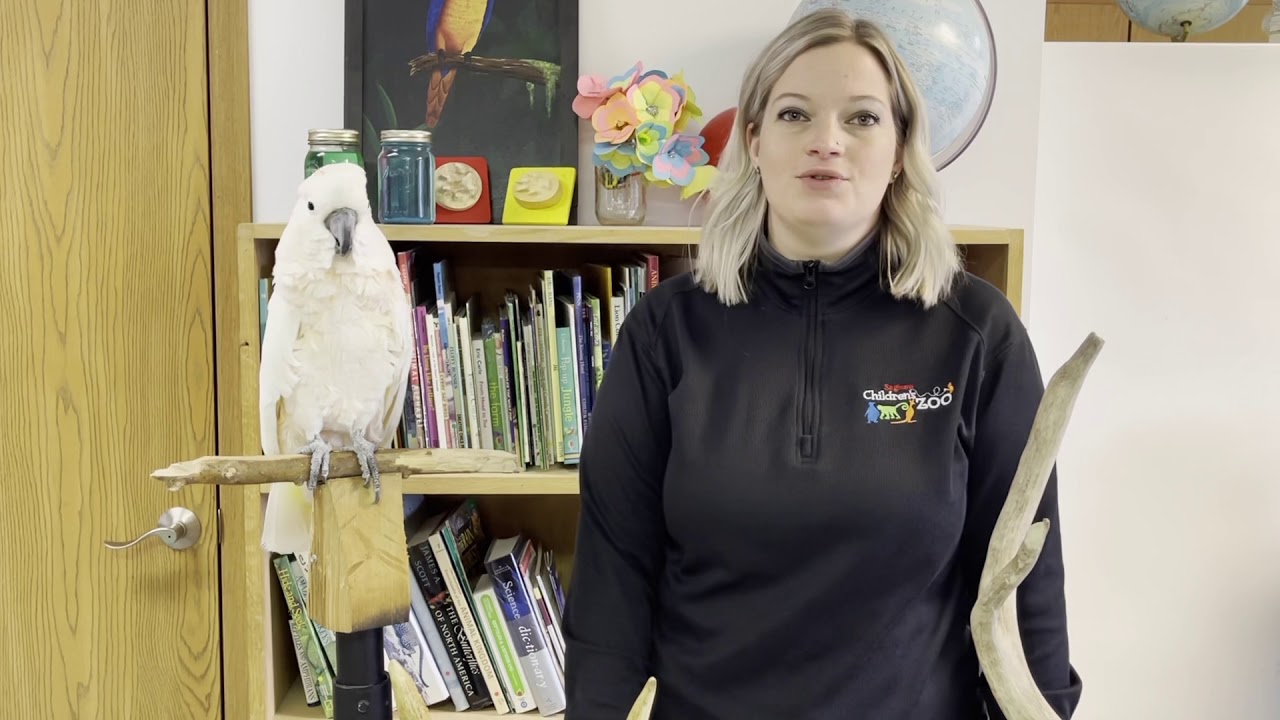Summary:
– The difference between antlers and horns and their unique characteristics.
– The purpose and growth process of antlers in various species.
– The functions and adaptations of horns in different animals.
– The incredible size and complexity of antlers and horns in certain species.
– The conservation and ethical considerations surrounding the antler and horn trade.
Welcome back to another exciting episode of “From A to Zoo.” Today, we will embark on a fascinating journey to explore the intriguing world of antlers and horns. These magnificent appendages have captivated our attention for centuries and continue to amaze us with their unique characteristics and diverse functions. Get ready to dive deep into the realm of nature’s headgear, where beauty and strength harmoniously intertwine.
Antlers and horns, two terms we often use interchangeably, are quite distinct in form, growth, and purpose. Let’s start by unraveling the fascinating differences between these natural wonders.
Antlers are temporary structures found primarily on members of the deer family. What makes antlers so remarkable is their rapid growth and yearly shedding. These majestic creatures sprout new antlers from buds on their skulls every spring, packed with blood vessels and covered in a soft velvet-like layer. As the antlers grow, they mineralize, harden, and shed their velvet, revealing the breathtaking set of bones we recognize. Can you imagine the strength and energy required for such a remarkable transformation?
On the other hand, horns are permanent fixtures found in several animals, including bovids like cows, goats, and sheep. Unlike antlers, horns are not shed and continue to grow throughout the animal’s life. They are composed of a protein called keratin, the same material found in human hair and nails. The next time you marvel at the majestic spiral of a ram’s horn or the iconic shape of a wildebeest’s horns, remember that nature has gifted these animals with formidable weapons of defense and attraction.
Beyond their distinct growth patterns, both antlers and horns serve different functions in the animal kingdom. Antlers, often seen adorning the heads of male deer, are primarily used as weapons during mating season. Bucks engage in fierce battles, clashing their antlers together in an awe-inspiring display of strength, dominance, and determination to secure a mate. However, antlers are not solely limited to combat. They also function as visual displays, helping deer attract potential mates and advertise their fitness and genetic quality.
In contrast, horns possess a broader range of functions across different species. While protection and dominance are common purposes, horns also aid in defense against predators, serve as a means of communication between individuals, and even act as heat radiators in some desert-dwelling animals. One of the most remarkable examples of horns’ multifaceted nature lies in the African rhinoceros. Rhinos boast enormous horn structures on their snouts, which tragically makes them prime targets for poachers seeking to exploit their supposed medicinal properties.
Now, let’s journey into the marvelous world of size and complexity found within antlers and horns. From the towering moose antlers that can span six feet in width to the intricate branched structures adorning a reindeer’s head, nature’s artistry knows no bounds. The astonishing aspect is that each species has evolved its unique set of antlers or horns tailored to suit its specific needs and survival strategies. The spiral horns of the Arabian oryx gracefully curve above their heads, while the exquisite antlers of the Irish elk enthrall us with their impressive span and complexity. Such diversity in design truly showcases the wonder and imagination of the natural world.
While we marvel at the awe-inspiring beauty and functionality of antlers and horns, we must also consider these charismatic features’ conservation and ethical aspects. Unfortunately, the allure of antlers and horns has created a demand, leading to unethical and unsustainable practices. Poaching, illegal trade, and habitat loss threaten many species that rely on these remarkable structures for survival. Our responsibility as stewards of the Earth is to ensure their protection and preserve the delicate balance of our ecosystems.
In conclusion, the world of antlers and horns is captivating and unites strength, grace, and resilience. We have explored the differences between these magnificent headpieces, their unique growth patterns, diverse functions, incredible size and complexity, and the need for conservation. So, next time you encounter a breathtaking antler or observe a magnificent set of horns, take a moment to appreciate the wonder and intricacy of nature’s design. Let it remind you that we are a small part of a grand tapestry where the beauty of wildlife reigns supreme.
*****
Source Description

